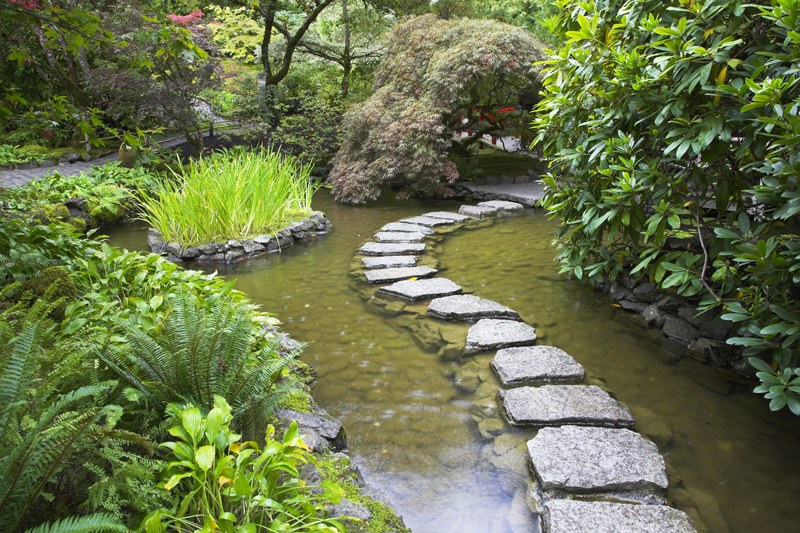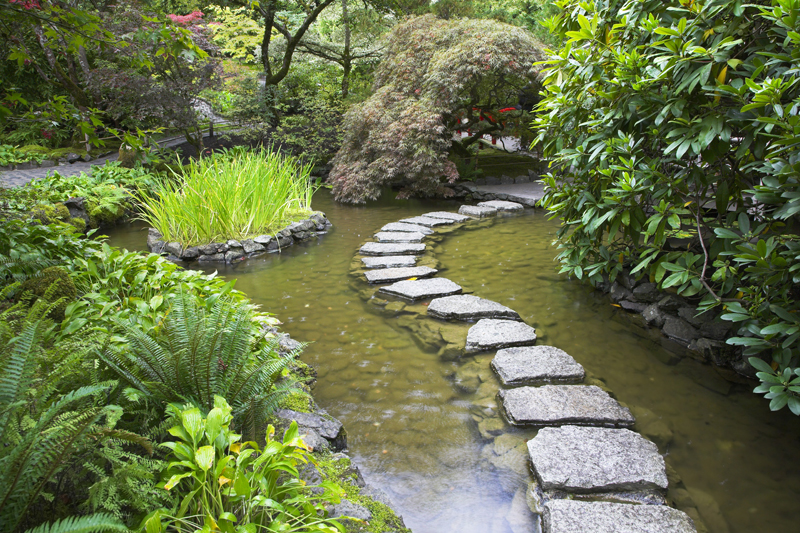Winter Aconite for Pollinator Gardens

Winter aconite (Eranthis hyemalis) is native to Asia and Europe where it occurs in damp woods, orchards, and copses. This is one of my favorite bulbs because both the plant and the blossoms are unlike that of most other bulbs.
These bulbs are an excellent choice for pollinator gardens because the blooms are rich in pollen and nectar.
One of the reasons this plant is so unusual is that this is a member of the Buttercup family. This helps to explain why the yellow blossoms resemble buttercups. All in all, there are seven species or so of winter aconites.
Another reason it is my favorite bulb is because it typically blooms somewhat earlier as well. Depending on the location, winter aconite can begin blooming in late winter and continue into very early spring. It is usually one of the very first bulbs of the new year.
Winter aconite is a tuberous rooted bulb that is only three inches or so tall. The bulb is covered with knobs.
These plants form rounded clumps. The deeply cut and lobed foliage appears on long aerial stalks at the base of the plant. The leaves are 1½ inches wide and are held on long stalks. These begin to appear after the flowers begin to open. The foliage forms a ruffle that surrounds the blossoms.
The blooms are borne on short flower stalks. Winter aconite flowers don’t actually have any petals. Instead, they have five to seven sepals that resemble petals.
These large, solitary, yellow blooms appear on short flower stalks. Winter aconite flowers are ½ inch wide and can last for three weeks or so. Either globe-like or cup-like, the blooms are somewhat flattened.
In addition, these blossoms feature vivid green bracts that surround the flowers. Later the seed pods appear. These resemble a bean pod.
Growing Winter Aconite
For best results, plant these in masses and use them as a ground cover. The plants are ideal for naturalizing.
These do best in part shade. They thrive in the shade created by deciduous trees. However, they do reasonably well in full sun.
Winter aconite prefers a well drained, moist, loamy soil. The best time for planting winter aconite is late summer and fall. This gives the plants plenty of time to get established and develop good root systems before cold weather arrives.
Avoid planting winter aconite in grass. Before planting these bulbs, soak them overnight in water for 24 hours. These should be planted two inches deep.
The plants are hardy in zones four through seven. These are very frost hardy. They can be propagated from bulbs and seeds. When growing these from seeds, spring is the best time for planting.
Winter aconites tend to self sow and spread by seed. So do give these plants plenty of space so they can spread nicely.
For best results, keep the plants somewhat damp during the summer when they are dormant.
These bulbs are an excellent choice for pollinator gardens because the blooms are rich in pollen and nectar.
One of the reasons this plant is so unusual is that this is a member of the Buttercup family. This helps to explain why the yellow blossoms resemble buttercups. All in all, there are seven species or so of winter aconites.
Another reason it is my favorite bulb is because it typically blooms somewhat earlier as well. Depending on the location, winter aconite can begin blooming in late winter and continue into very early spring. It is usually one of the very first bulbs of the new year.
Winter aconite is a tuberous rooted bulb that is only three inches or so tall. The bulb is covered with knobs.
These plants form rounded clumps. The deeply cut and lobed foliage appears on long aerial stalks at the base of the plant. The leaves are 1½ inches wide and are held on long stalks. These begin to appear after the flowers begin to open. The foliage forms a ruffle that surrounds the blossoms.
The blooms are borne on short flower stalks. Winter aconite flowers don’t actually have any petals. Instead, they have five to seven sepals that resemble petals.
These large, solitary, yellow blooms appear on short flower stalks. Winter aconite flowers are ½ inch wide and can last for three weeks or so. Either globe-like or cup-like, the blooms are somewhat flattened.
In addition, these blossoms feature vivid green bracts that surround the flowers. Later the seed pods appear. These resemble a bean pod.
Growing Winter Aconite
For best results, plant these in masses and use them as a ground cover. The plants are ideal for naturalizing.
These do best in part shade. They thrive in the shade created by deciduous trees. However, they do reasonably well in full sun.
Winter aconite prefers a well drained, moist, loamy soil. The best time for planting winter aconite is late summer and fall. This gives the plants plenty of time to get established and develop good root systems before cold weather arrives.
Avoid planting winter aconite in grass. Before planting these bulbs, soak them overnight in water for 24 hours. These should be planted two inches deep.
The plants are hardy in zones four through seven. These are very frost hardy. They can be propagated from bulbs and seeds. When growing these from seeds, spring is the best time for planting.
Winter aconites tend to self sow and spread by seed. So do give these plants plenty of space so they can spread nicely.
For best results, keep the plants somewhat damp during the summer when they are dormant.

Related Articles
Editor's Picks Articles
Top Ten Articles
Previous Features
Site Map
Content copyright © 2023 by Connie Krochmal. All rights reserved.
This content was written by Connie Krochmal. If you wish to use this content in any manner, you need written permission. Contact Connie Krochmal for details.



